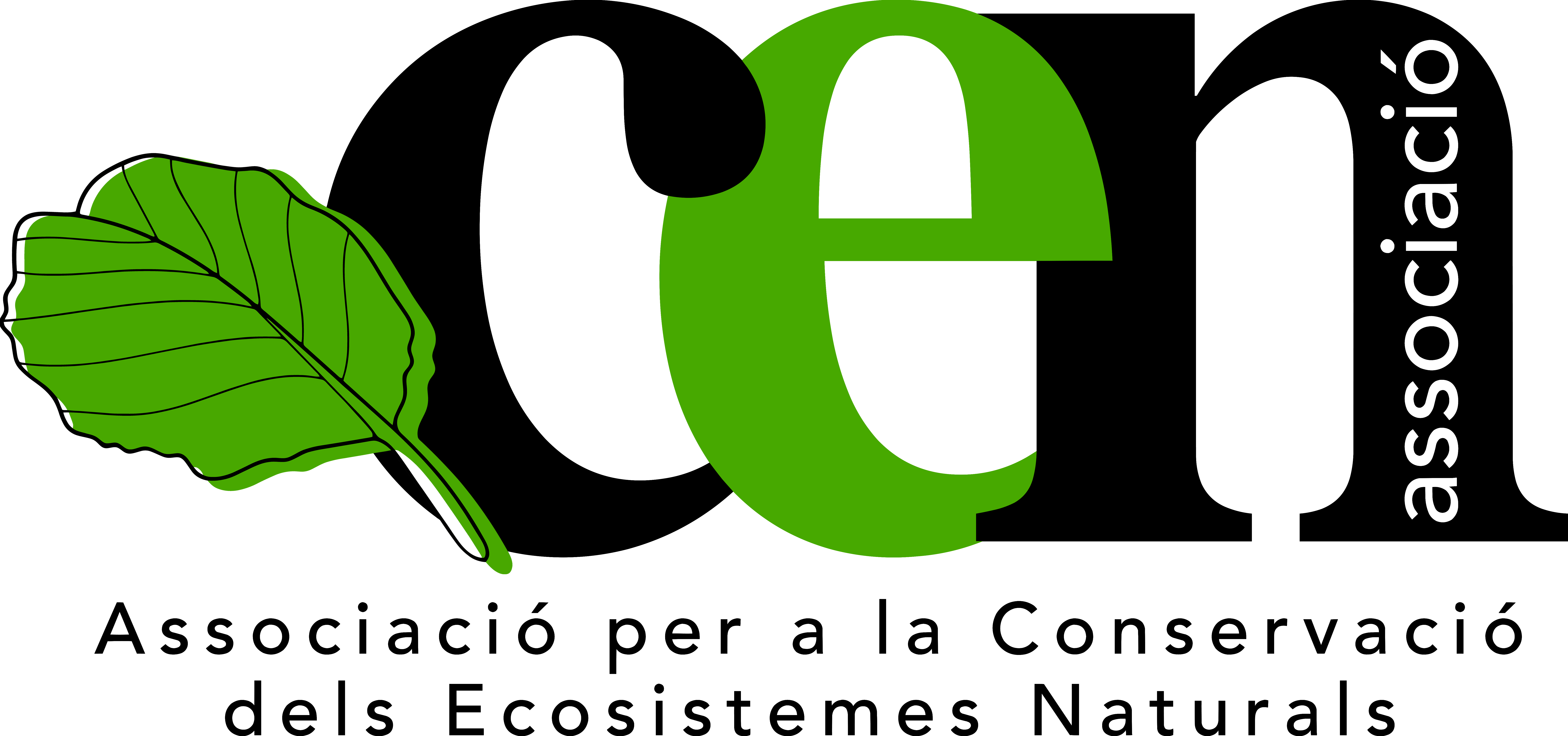Sin categoría
Internet Dating: Usability Research Report
This research assessed two top online sites that are dating usability – eHarmony and Match.com. Users shared their experiences and perceptions for the two web web web sites in interviews and eye-tracking research ended up being carried out. The outcome had been intriguing and described problems with technology assisting connection that is emotional chemistry between users.
- Presented by Catalyst Group
This research examined two top online online dating sites for usability – eHarmony and Match.com. Users shared their experiences and perceptions regarding the two web web web sites in interviews and research that is eye-tracking carried out. The outcomes had been intriguing and described issues with technology assisting connection that is emotional chemistry between users.
Statement of Limitations This report summarizes conversations held with a complete of 16 individuals (8 eHarmony and 8 Match.com users). The remarks, quotes, and views in this document mirror just the views of the users rather than those of eHarmony or Match.com Who were not themselves involved with this extensive research at all.
The intention of the report is to emphasize themes that are broad offer insights on how these websites are employed because of the users we talked to. The findings in this report reflect the views among these users which, while accurate with this populace, may possibly not be representative for the overall populace.
To guard the privacy for the users whoever profiles are found in this report, we substituted the pictures that are main those from an image collection generally in most instances, as well as in other instances we blurred the images. All names and places were blurred.
Objectives and Methodology
The thing that was this project about? With Valentine’s approaching we wanted to see what users thought of two of the most popular and heavily promoted online dating services: Match.com and eHarmony day.
Finally we were thinking about responding to the after questions: just How effective are computer systems at assisting users find love? Considering the fact that the websites use various approaches to internet dating, had been one solution considered better than one other? If that’s the case, why? Just how can users identify possible matches? How can users gauge the relationship potential of these matches?
What did we do? We recruited 16 users in four teams: 4 males and 4 women that use each web site. All users had been between 30 and 40 yrs. Old All users needed to be active (in other terms. These people had been spending users of either site), had been presently looking for times, along with been on one or more date via their site within the month that is last. Users had been interviewed at workplace in new york or over cyberspace WebEx that is using and We asked all users who have been interviewed at Catalyst to eye-track a Match.com profile we created. Guys were shown a profile that is female vice-versa. We then explored the users basic experiences of internet dating and their particular experiences with your website they use. Next, users had been expected to log to their account and show whatever they would typically do in order to find matches, assess matches, then keep in touch with matches. We had been thinking about their general views for the experience that is dating their respective web web web sites. Where users had utilized both web web internet sites, we had been thinking about their observations that are comparative.
General Perceptions In basic, users told us that online dating services, including eHarmony and Match.com, come up short on their advertised capacity to make good intimate matches.
Especially, there clearly was little confidence in the notion of utilizing technology to change ab muscles complex procedure of developing individual relationships. The straightforward kinds and crude matching techniques on these websites led numerous users to summarize that online dating services would be best seen as a pool of prospective matches such as some rough assessment tools.
